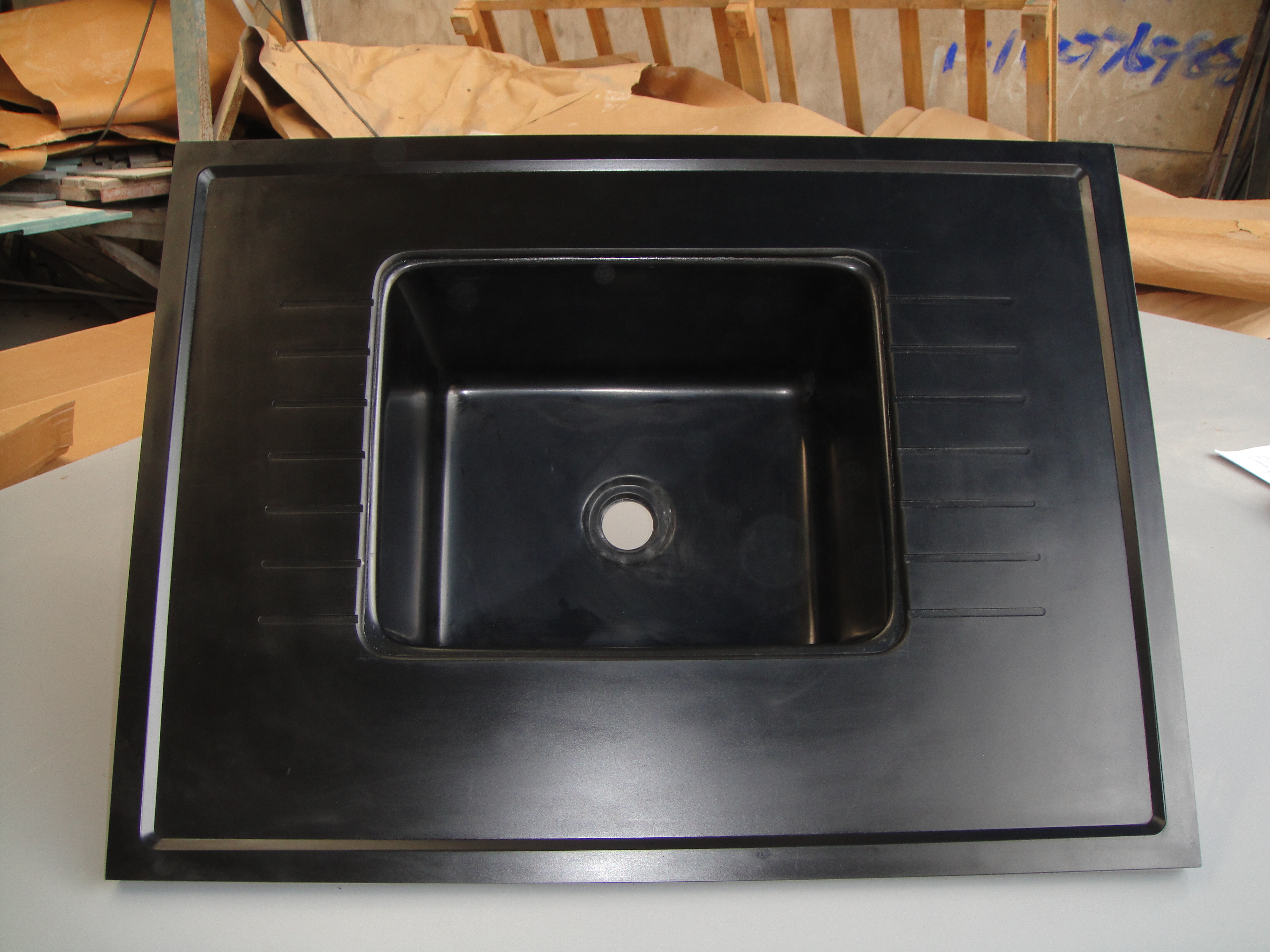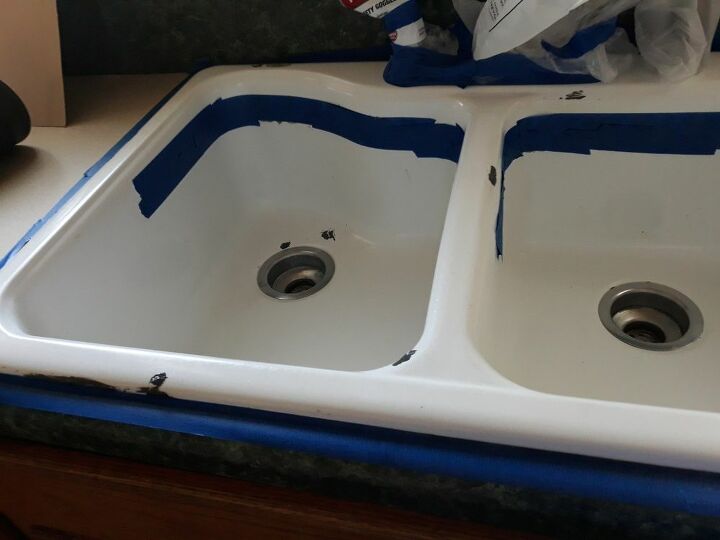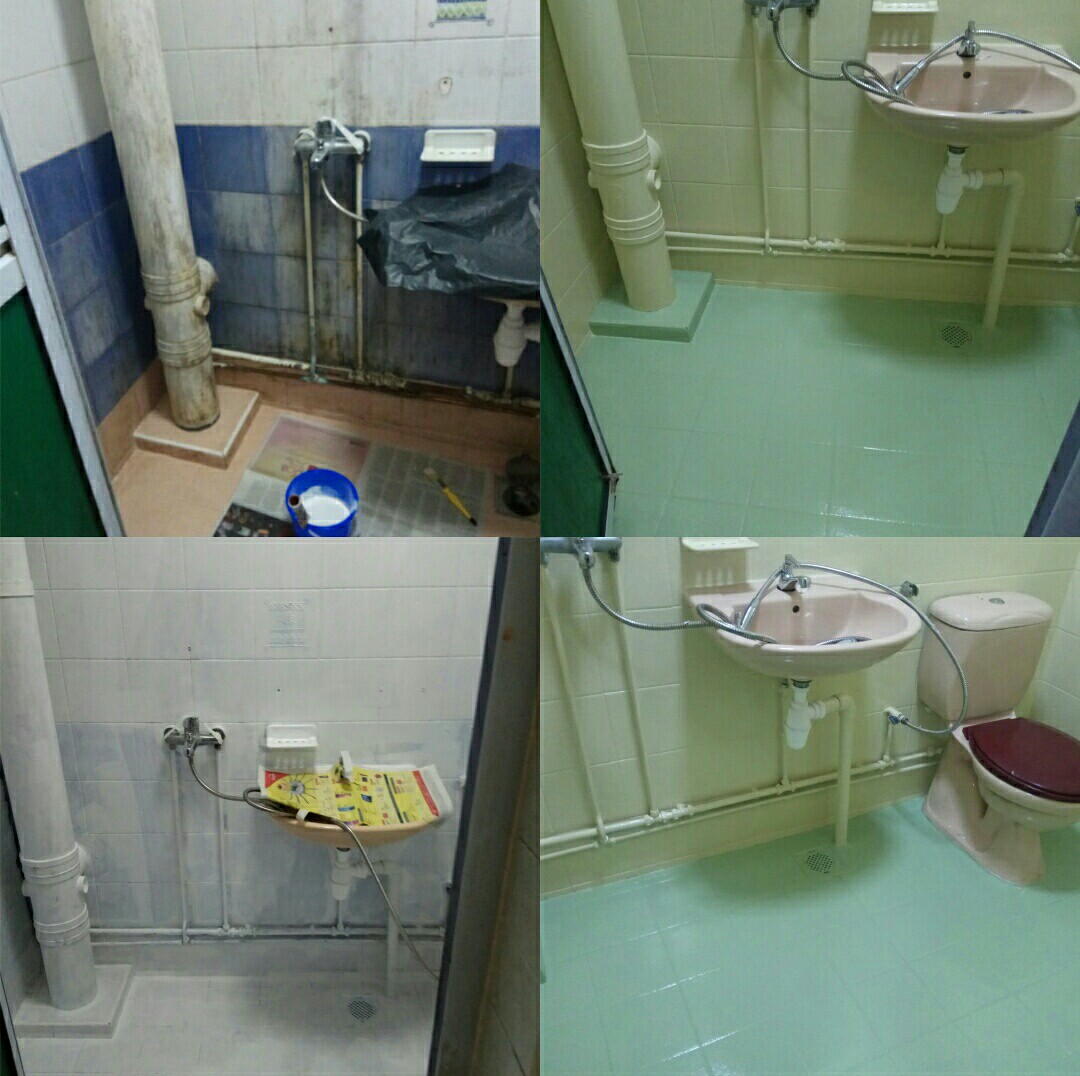Revitalize Your Kitchen with Epoxy Paint for Your Sink
Revamping your kitchen doesn’t have to involve a complete overhaul. Sometimes, the smallest changes can make the biggest impact. One such change that’s gaining popularity is painting your kitchen sink with epoxy paint. It’s a budget-friendly and creative way to breathe new life into your kitchen space. Let’s explore everything you need to know about epoxy paint for kitchen sinks.

Understanding Epoxy Paint
Epoxy paint is a type of coating that consists of a resin and a hardener. When mixed, they create a durable and resilient finish that’s resistant to water, chemicals, and stains. This makes it an ideal choice for surfaces like kitchen sinks that are exposed to constant moisture and heavy use.
When applied to a surface, epoxy paint forms a thick, protective layer that can be customized in terms of color and texture. It’s available in a variety of finishes, including glossy, matte, and textured, allowing you to achieve the look you desire for your kitchen sink.

Preparing Your Sink for Epoxy Paint
Before you can start painting your kitchen sink with epoxy paint, it’s essential to properly prepare the surface. This involves thoroughly cleaning the sink to remove any dirt, grease, or grime that may be present. Use a mild detergent and water to scrub the sink, and then rinse it thoroughly to ensure all residue is removed.
Once the sink is clean, it’s important to sand it lightly to create a rough surface that the epoxy paint can adhere to. This will help ensure a strong bond and prevent peeling or chipping later on. After sanding, be sure to wipe down the sink again to remove any dust or debris before proceeding with the painting process.

Applying Epoxy Paint to Your Sink
Now that your sink is clean and prepped, it’s time to apply the epoxy paint. Start by taping off any areas around the sink that you don’t want to paint, such as the countertops or backsplash. Then, using a brush or roller, apply the epoxy paint evenly to the surface of the sink, working in small sections to ensure thorough coverage.
Be sure to follow the manufacturer’s instructions carefully, as the application process may vary depending on the specific product you’re using. In most cases, you’ll need to apply multiple coats of epoxy paint to achieve the desired finish, allowing each coat to dry completely before applying the next.
Curing and Sealing the Paint
Once you’ve applied the final coat of epoxy paint, it’s important to allow it to cure properly before using the sink. This typically involves letting the paint dry for a specified time, usually at least 24 hours, to ensure that it fully hardens and adheres to the surface.
After the paint has cured, you may also want to consider applying a sealant to further protect the finish and enhance its durability. This will help prevent scratches, chips, and other damage from occurring over time, ensuring that your newly painted sink looks great for years to come.

Maintaining Your Epoxy Painted Sink
To keep your epoxy painted sink looking its best, it’s important to practice proper maintenance and care. Avoid using harsh abrasives or chemicals that could damage the finish, and instead opt for gentle cleansers and non-abrasive sponges or cloths.
Regularly clean your sink with mild soap and water to remove any dirt or grime, and be sure to wipe it dry after each use to prevent water spots or stains from forming. With the right care and maintenance, your epoxy painted sink can continue to look beautiful and pristine for years to come.

Common Mistakes to Avoid
Skipping Surface Preparation: One of the most common mistakes people make when painting their kitchen sink with epoxy paint is failing to properly prepare the surface beforehand. Skipping steps like cleaning and sanding can result in poor adhesion and a finish that doesn’t last.
Using the Wrong Tools: Another mistake to avoid is using the wrong tools or applicators when applying epoxy paint. Using a low-quality brush or roller can result in streaks or uneven coverage, so be sure to invest in high-quality tools for the best results.
Not Following Manufacturer’s Instructions: It’s crucial to carefully read and follow the manufacturer’s instructions when using epoxy paint. Deviating from the recommended application process or curing times can lead to subpar results and premature paint failure.
Overlooking Maintenance: Proper maintenance is key to preserving the appearance and durability of your epoxy-painted sink. Neglecting to clean and care for the sink can result in damage and deterioration over time, so be sure to stay on top of regular maintenance tasks.
Ignoring Safety Precautions: Epoxy paint can contain harsh chemicals, so it’s important to take appropriate safety precautions when using it. Be sure to work in a well-ventilated area, wear protective clothing and gloves, and avoid inhaling fumes or getting paint on your skin.

Can I use epoxy paint on any type of sink?
Yes, epoxy paint can be used on most types of sinks, including porcelain, stainless steel, and acrylic. However, it’s important to ensure that the surface is properly cleaned and prepped before painting to ensure adhesion and durability.
How long does epoxy paint last on a kitchen sink?
With proper application and maintenance, epoxy paint can last for several years on a kitchen sink. However, factors such as usage and cleaning habits can affect the lifespan of the finish.
Can I repair chipped or damaged epoxy paint on my sink?
Yes, minor chips or scratches in epoxy paint can usually be repaired using touch-up paint or a clear sealant. However, larger areas of damage may require more extensive repairs or recoating of the entire sink.
Will epoxy paint withstand hot water and heavy use in the kitchen?
Yes, epoxy paint is highly resistant to heat, water, and chemicals, making it suitable for use in the kitchen. However, it’s still important to take precautions to avoid damage, such as using trivets or mats to protect the surface from hot pots and pans.
Can I change the color of my epoxy painted sink in the future?
While it’s possible to repaint a sink that has been previously painted with epoxy, it’s important to properly remove the existing finish and prepare the surface before applying new paint. This may require sanding or stripping the old paint to ensure proper adhesion of the new coat.

Pin on bearcob

PU epoxy paint for toilets wall tiles and floors and kitchen cabinets painting., Home Services

Spray Paint Kitchen Sink muck-abart

GORGEOUS SHINY THINGS: How to Repair a Porcelain Sink

How to Make Your Sink Shiny and New Again

How to Clean Paint Off a Porcelain Sink – Clever Housewife

Related Posts: